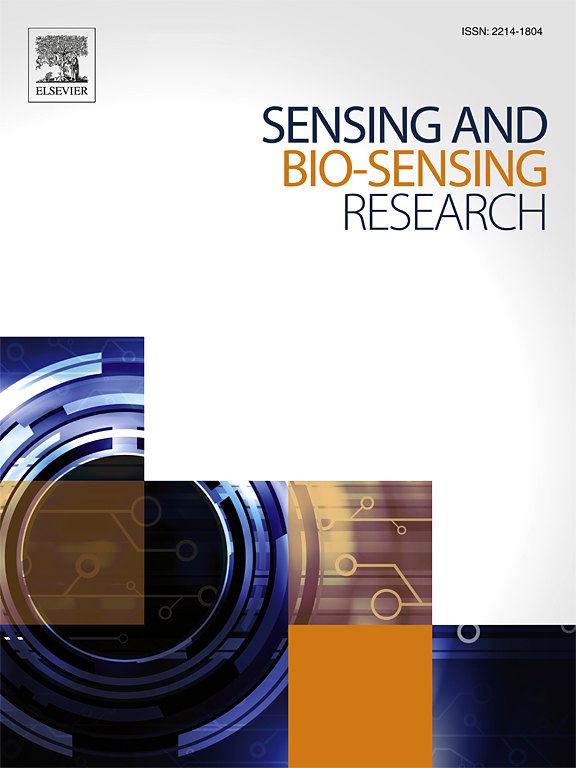A perspective on the selection and design of antimicrobial peptides for bacteria detection
IF 4.9
Q1 CHEMISTRY, ANALYTICAL
引用次数: 0
Abstract
Antimicrobial peptides (AMPs) are versatile biomolecules with unique properties, including specificity, stability, and ease of synthesis, making them promising candidates for bacteria detection in biosensors. This review explores the potential of AMPs as biorecognition elements, emphasizing their structural properties, interaction mechanisms with bacterial membranes, and their application in biosensing. AMPs offer advantages such as being less prone to bacterial resistance mechanisms and compatibility with various biosensor platforms, including optical and electrochemical sensors. Recent advancements in AMP design strategies, such as in-silico modeling and structural tailoring, in addition to immobilization techniques, are discussed, highlighting their role in enhancing AMP properties. Challenges and current research gaps affecting AMP efficacy in biosensors are critically examined and possible solutions are suggested and discussed. Future directions include the development of multiplexed AMP-based biosensors and integration into smart food packaging for real-time pathogen monitoring. By addressing current research gaps, AMPs could revolutionize bacterial detection methodologies across multiple fields, including medicine, food safety, and environmental monitoring.
细菌检测用抗菌肽的选择与设计
抗菌肽(Antimicrobial peptides, AMPs)是一种多用途的生物分子,具有特异性、稳定性和易于合成等特性,是生物传感器中细菌检测的有希望的候选者。本文综述了抗菌肽作为生物识别元件的潜力,重点介绍了其结构特性、与细菌膜的相互作用机制及其在生物传感中的应用。amp具有诸如不容易产生细菌抗性机制以及与各种生物传感器平台(包括光学和电化学传感器)兼容等优点。讨论了AMP设计策略的最新进展,如硅建模和结构定制,以及固定技术,强调了它们在增强AMP性能方面的作用。挑战和目前的研究差距影响生物传感器AMP的功效进行了严格审查,并提出了可能的解决方案和讨论。未来的发展方向包括开发基于amp的多路生物传感器,并将其集成到智能食品包装中,用于实时病原体监测。通过解决当前的研究空白,amp可以彻底改变多个领域的细菌检测方法,包括医学、食品安全和环境监测。
本文章由计算机程序翻译,如有差异,请以英文原文为准。
求助全文
约1分钟内获得全文
求助全文
来源期刊

Sensing and Bio-Sensing Research
Engineering-Electrical and Electronic Engineering
CiteScore
10.70
自引率
3.80%
发文量
68
审稿时长
87 days
期刊介绍:
Sensing and Bio-Sensing Research is an open access journal dedicated to the research, design, development, and application of bio-sensing and sensing technologies. The editors will accept research papers, reviews, field trials, and validation studies that are of significant relevance. These submissions should describe new concepts, enhance understanding of the field, or offer insights into the practical application, manufacturing, and commercialization of bio-sensing and sensing technologies.
The journal covers a wide range of topics, including sensing principles and mechanisms, new materials development for transducers and recognition components, fabrication technology, and various types of sensors such as optical, electrochemical, mass-sensitive, gas, biosensors, and more. It also includes environmental, process control, and biomedical applications, signal processing, chemometrics, optoelectronic, mechanical, thermal, and magnetic sensors, as well as interface electronics. Additionally, it covers sensor systems and applications, µTAS (Micro Total Analysis Systems), development of solid-state devices for transducing physical signals, and analytical devices incorporating biological materials.
 求助内容:
求助内容: 应助结果提醒方式:
应助结果提醒方式:


